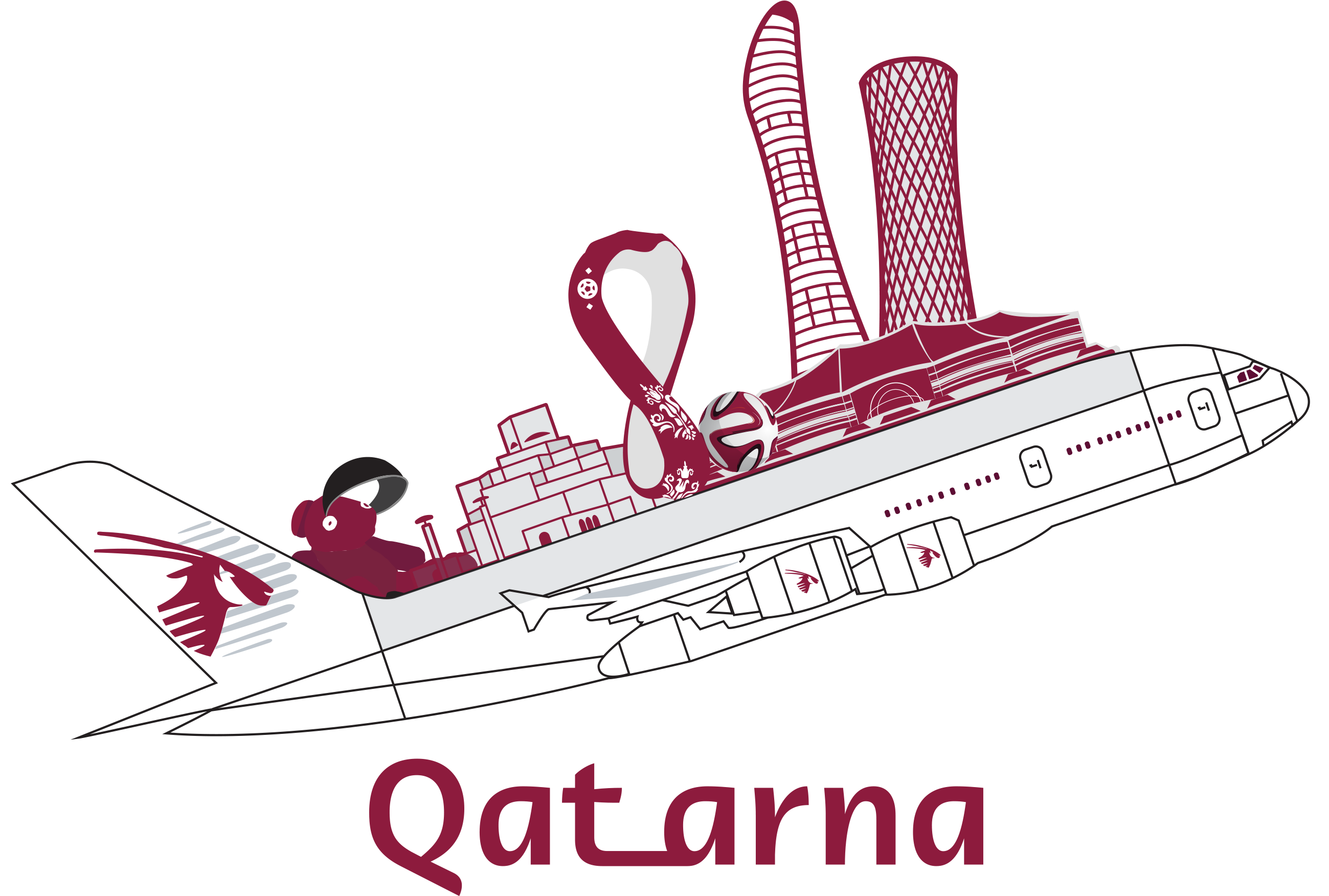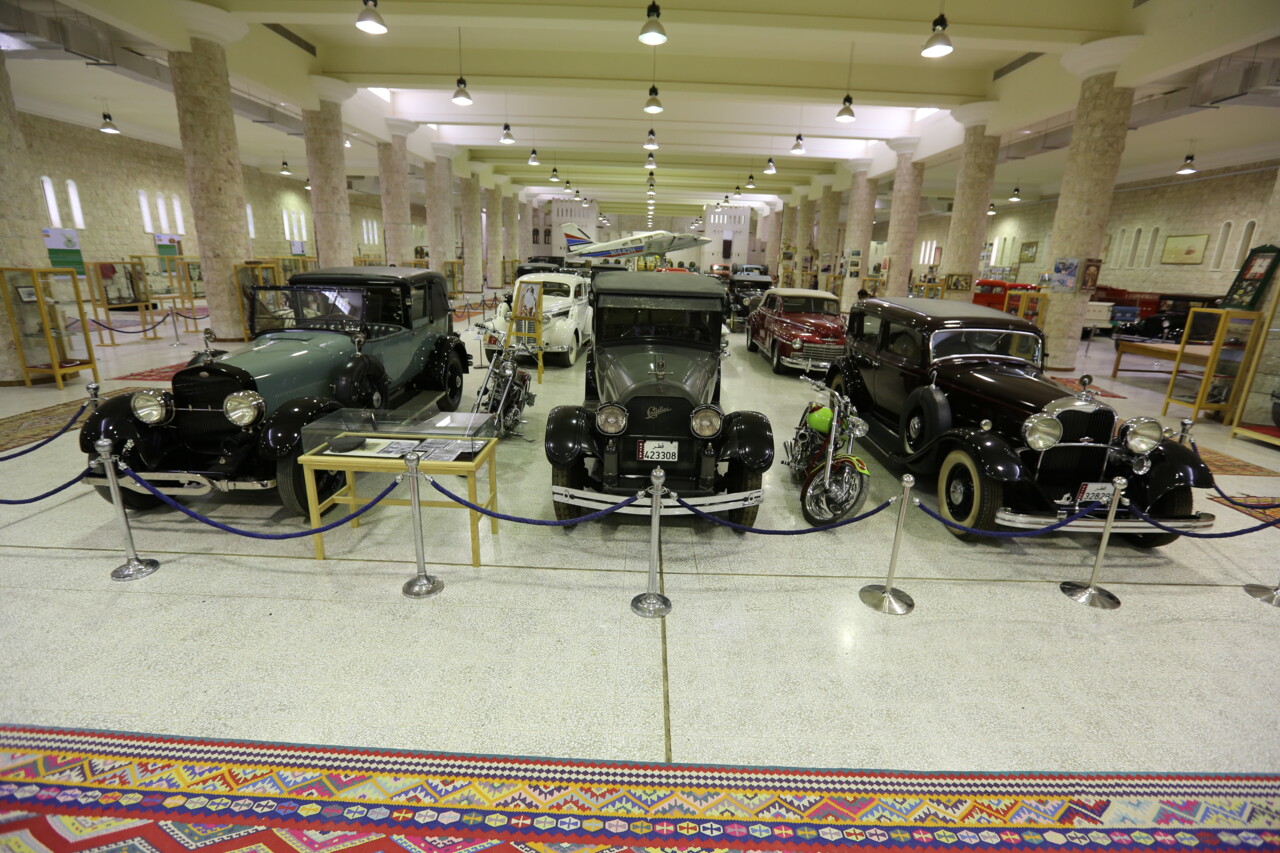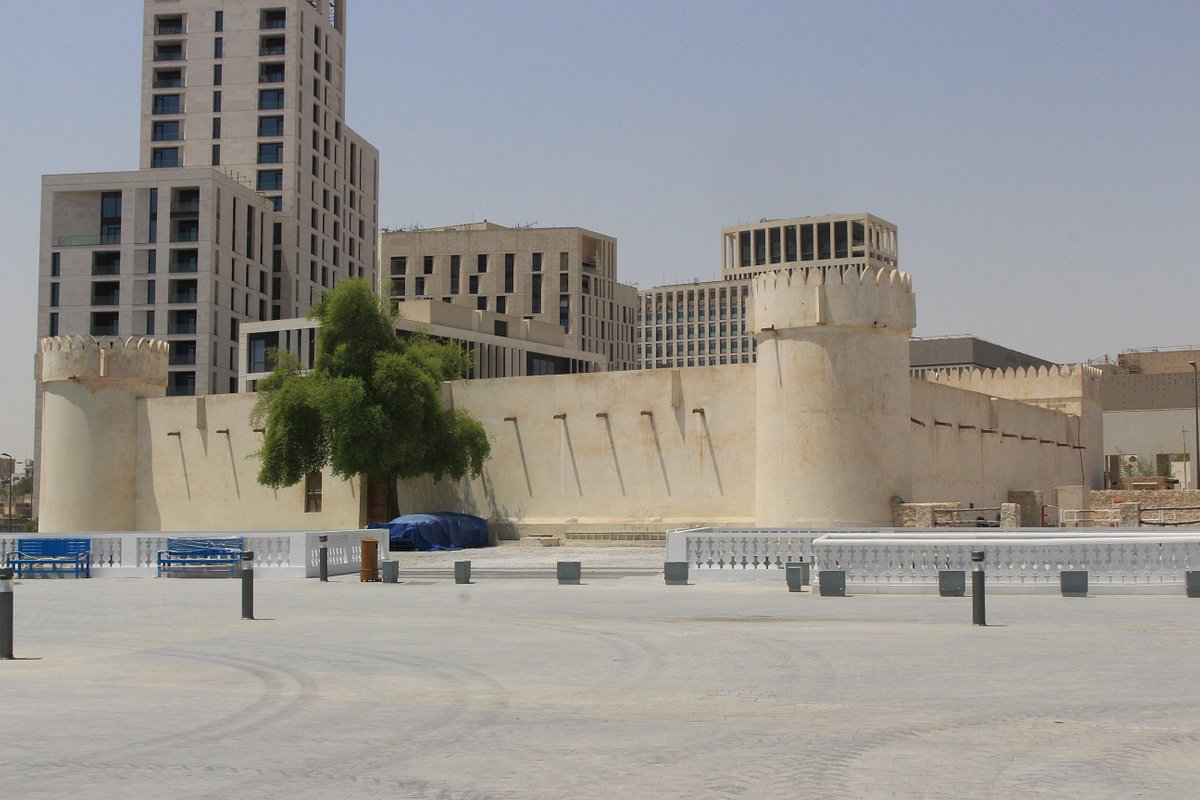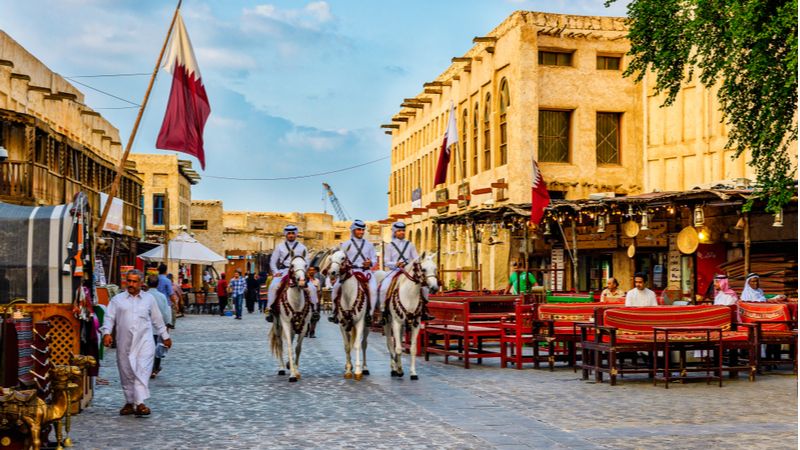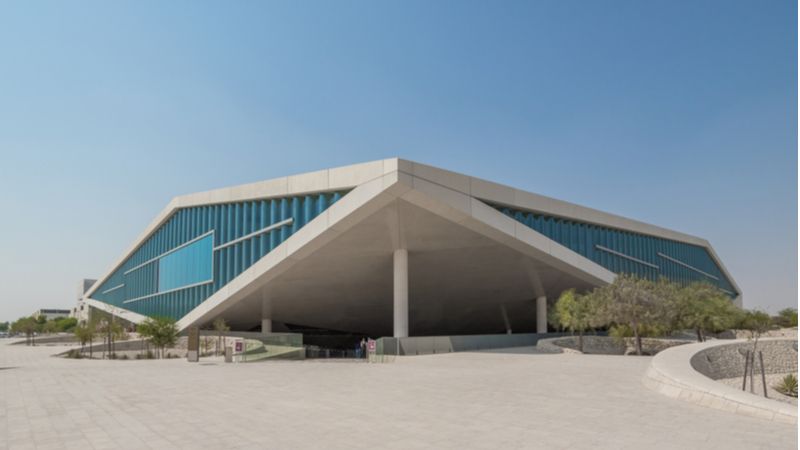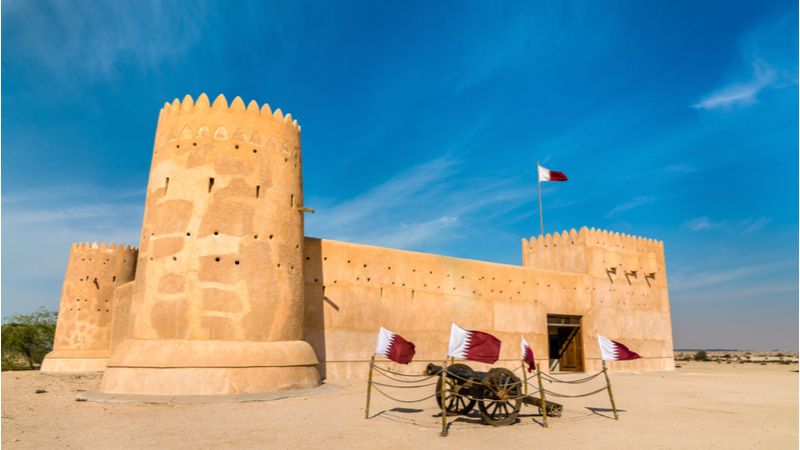Located outside the city in a traditional style fort at Al Samriya Farm, the Sheikh Faisal Bin Qassim Al Thani Museum houses the Sheikh’s personal collection, with a body of works including Islamic art, Qatari heritage, vehicles, handmade carpets, and coins & currency, from over four continents. These diverse and eclectic objects tell the story of the museum’s founder, Sheikh Faisal bin Qassim, as well as of humanity in general.
Established in 1998, the Faisal bin Qassim Museum is home to over 15,000 items. The museum’s superb collection features artefacts from the Jurassic age, up to the present day. The museum contains a traditional Syrian home brought in from Damascus and recreated. Fully furnished, it comprises of a courtyard and two living spaces, displaying beautiful tile and lattice work. Two model Qatari homes contain items from Sheikh Faisal’s own home. It is an intensely personal collection, illustrating the founder’s own interests and tastes, and a life rich in experience.
The FBQ Museum is divided into several sections. Noteworthy rooms include the Quran room, with a large number of Qurans, as well as a kiswah, the cloth which covers the Ka’aba, Islam’s holiest site. Over 700 carpets showcase weaves, dyes and patterns from around the world, whilst a car museum contains more than 600 antique vehicles with everything from steam cars to trucks and convertibles. A clothing hall displays clothing and accessories from different parts of the region, and antique furniture and musical instruments complement the collection, while the walls groan with art and photographs.
Sheikh Faisal bin Qassim is an important player in Qatar, promoting the heritage and culture of the country. The FBQ museum traces the history of Qatar’s people, and the impact it has had on its society. Sheikh Faisal is a hugely successful businessman, with variegated holdings around the world. As the museum attests, he is an avid antiques collector. The objects which form the FBQ Museum have been amassed during his travels around the world.
